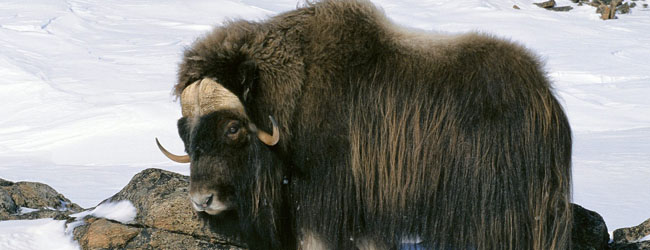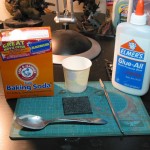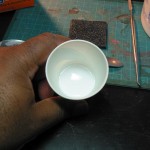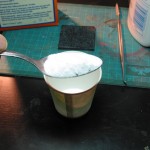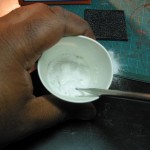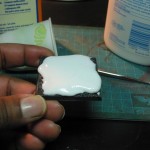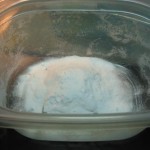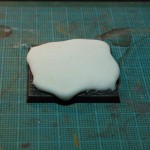Of all the tools I have collected over the years for this hobby of mine I have to say my Dremel is the most important. I use this tool so damn much it has caused me to purchase 3.
The uses I have found for this tool are legion. Need to grind something down? There’s a bit for that. Need to saw something off? There’s a bit for that. Need to hollow something out? There’s a bit for that. Need to polish something smooth? There’s a bit for that. Want to etch something on something? There’s a bit for that. And I’m just scratching the surface of all the functions this tool can perform.
A word on safety. Be sure to wear eye protection when using this or any power tool. Dremels can rotate upwards to 35,000 rpm and though you should never have to use that type of speed for hobby work you need to be really careful. Flinging molten metal at 10,000 rpm into your eye would be well…bad.
Most of the time I use my Dremel for metal work. You should not use your sanding drum or cutting wheels on plastics. Styrene and other hobby plastics have a very low melting point and the lowest rpm setting will be enough to burn or melt them. This process will get melted plastic all over the abrasive sections of your sanding/cutting bits and can render them useless after one job. The engraving/ carving tools will not have this problem.
Recommended Bits
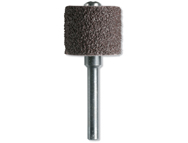 Sanding Drum
Sanding Drum
Filing/Sanding/Grinding
This bit will grind through soft mini metal faster than you will believe. Take your time and keep a pot of water nearby and dip the mini into it from time to time to cool it down. You should not need to go above 10k rpm but if you do, be sure to dip the mini more often.
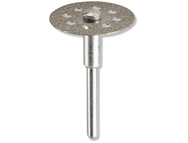 Cut-off Wheel, Diamond Wheel
Cut-off Wheel, Diamond Wheel
Precision cutting
It’s like using a jewelers saw that functions in a fraction of the time. Again be sure to keep that water on hand to disperse some of that heat.
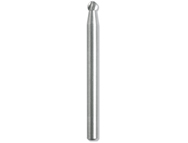 High Speed Cutter
High Speed Cutter
Hollowing/Carving
My favorite. I love to use this bit to replace the heads on metal minis. Use your side cutters to cut off most of it and then use this tool to hollow out a depression for your new head. Just one use of this and you’ll fall in love as I did.
My Dremels
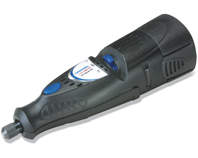
Cordless MiniMite
Pros – Small, easy to use, and perfect for small projects.
Cons – Being battery operated, I found that it tended to be low on power at inopportune moments and I would need to plug it in to recharge. It’s my fault really for not charging it after every major use but I get so absorbed in the project I just forgot.
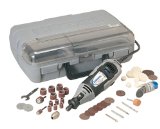
Multi-Pro
Pros – Replaced my MiniMite as my primary tool. It’s corded so it’s always ready. No charging necessary.
Cons – This tool can get to VERY high rpm so you need to be careful. Also the cord can get in the way sometimes but you’ll get used to that quickly.
~Note~ Apparently this corded version of the Multi-Pro is currently out of production. You can likely still find it if you look hard enough. I believe it’s replacement is the Dremel 4000.
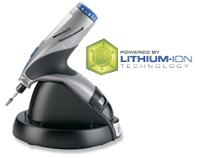 Stylus
Stylus
Pros – Perfect tool for engraving and drilling. I use this tool for all my pining work and it’s wonderful. I’ve yet to use it for engraving but do I have future plans for that specific function.
Cons – None as of yet. This baby sits on my painting desk in its charger most of the time so I’ve yet to experience a dead battery.
Where to Buy
I got my MiniMite and Stylus from my neighborhood Lowes. The Mulit-Pro was procured from Amazon.com at a nigh criminal bargain. I recommend you get your bits from Lowes or any other hardware shop so you can see them up close.
Well I think I’ve prattled on long enough. The Dremel receives 4/5 glavens for exceptional usefulness. Get this tool, you will not be disappointed.
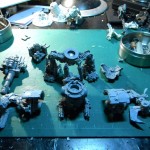

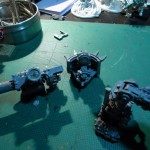
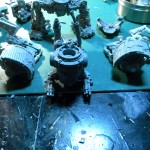
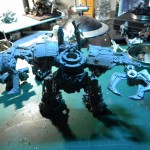
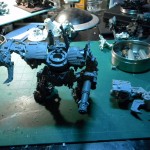
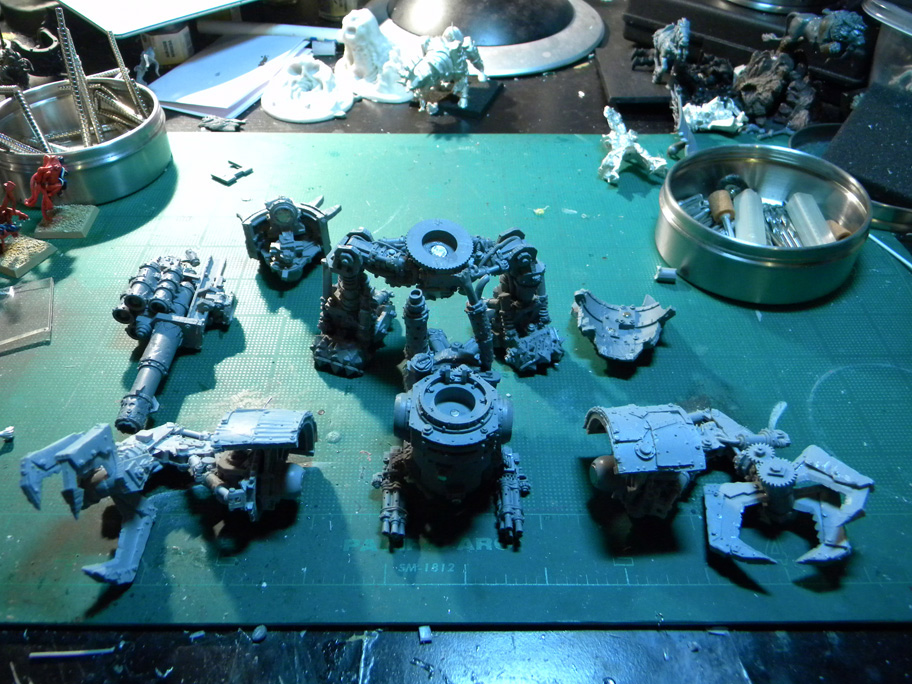
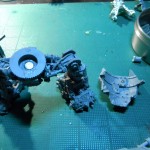
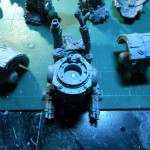
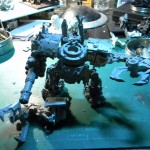
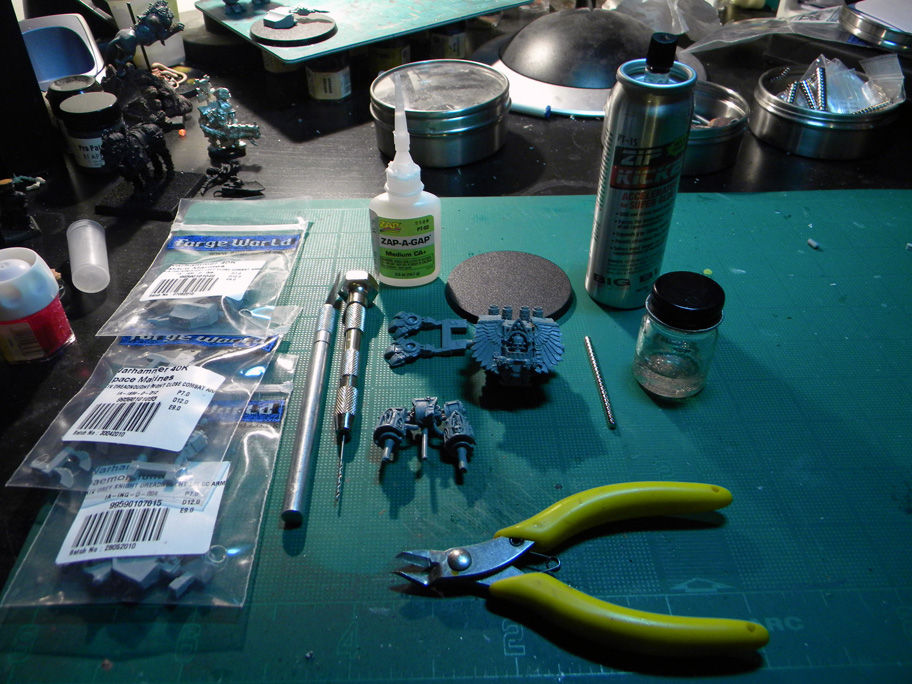
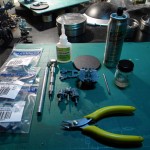
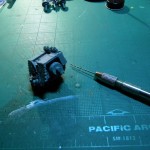
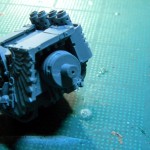
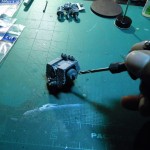
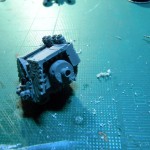
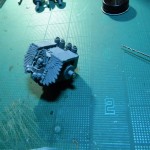
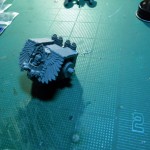
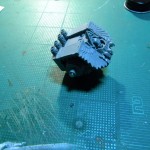
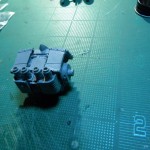
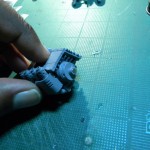
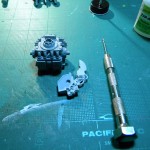
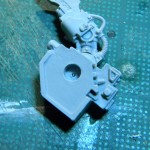
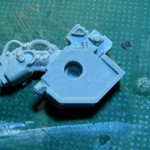
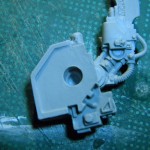
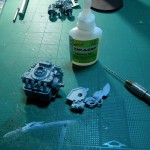
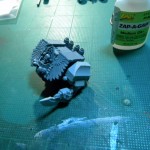
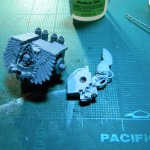
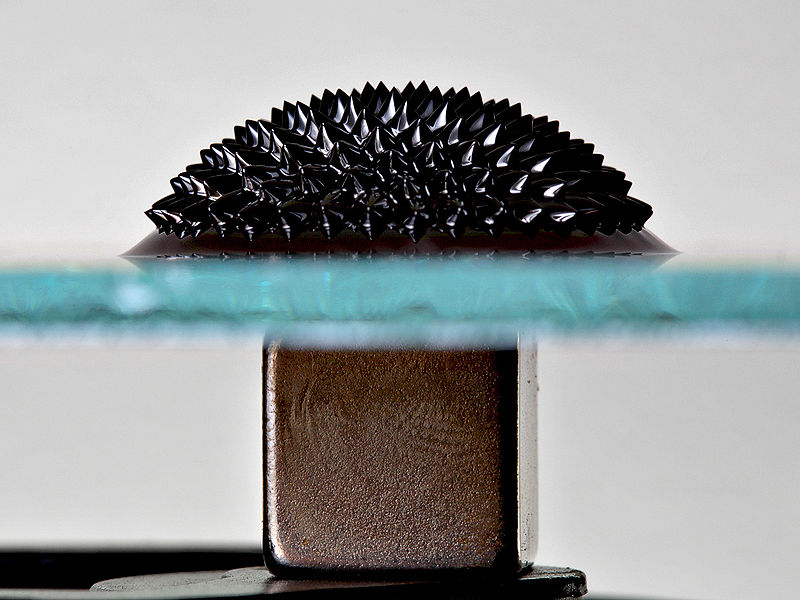




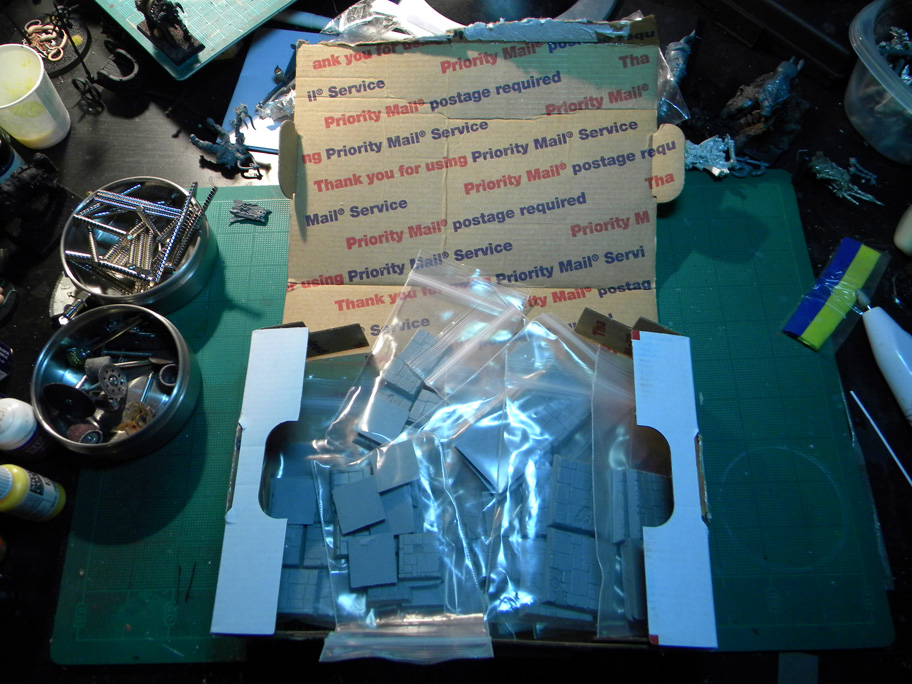
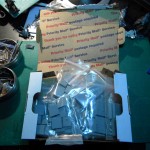
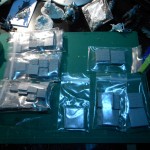
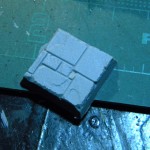
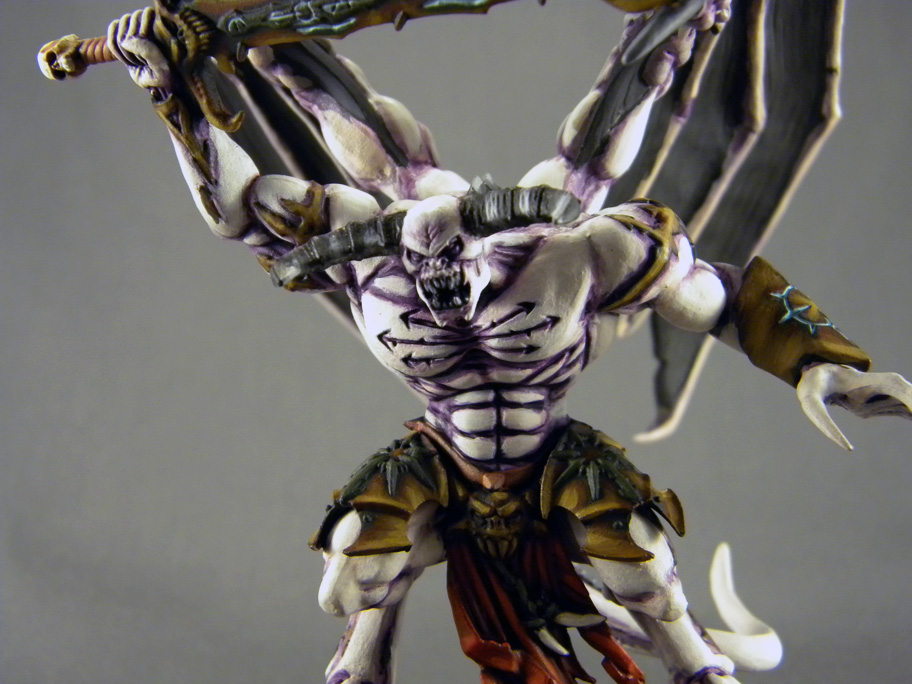
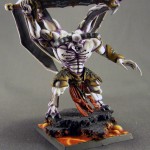
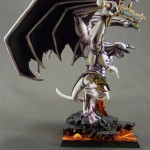
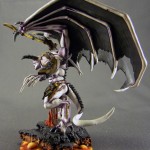
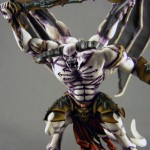
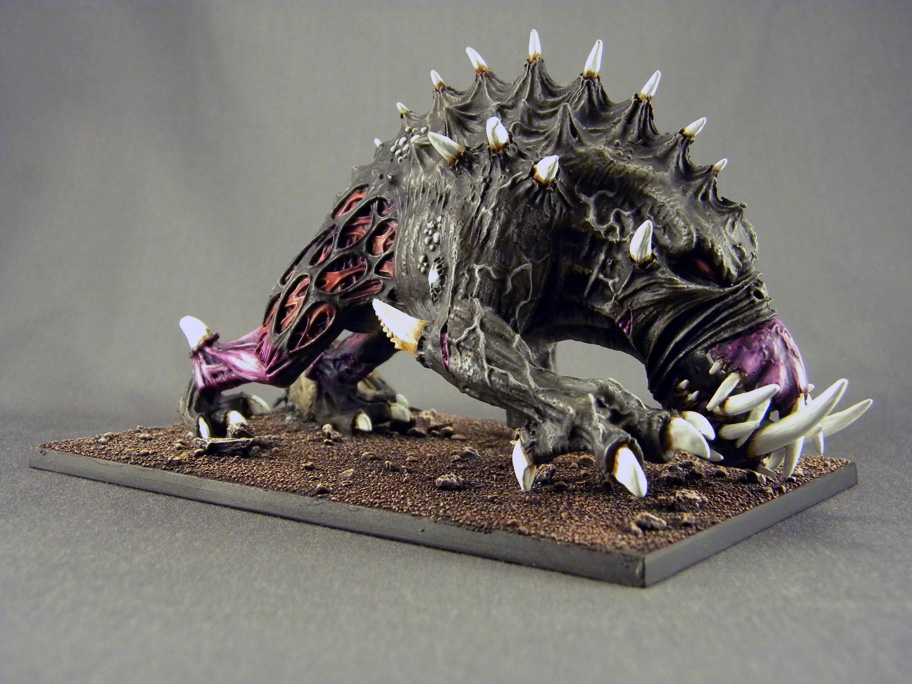
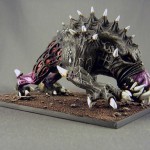
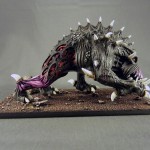
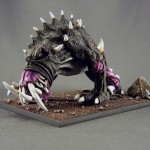
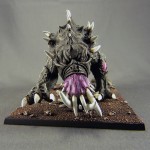
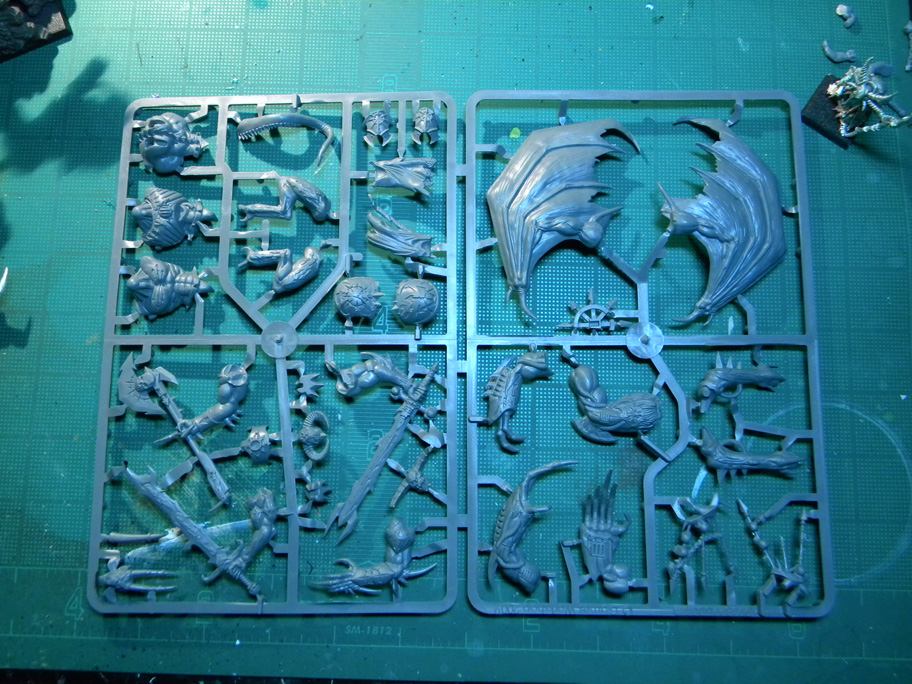
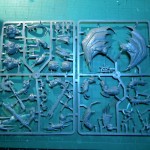
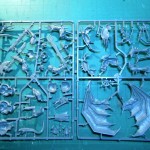
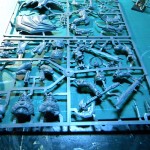
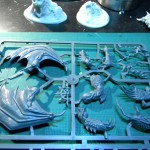
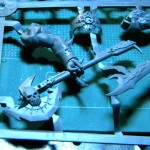
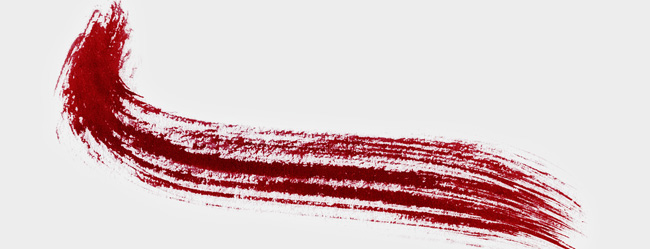
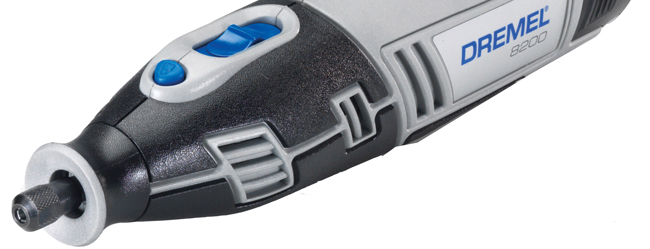
 Sanding Drum
Sanding Drum Cut-off Wheel, Diamond Wheel
Cut-off Wheel, Diamond Wheel High Speed Cutter
High Speed Cutter

 Stylus
Stylus 